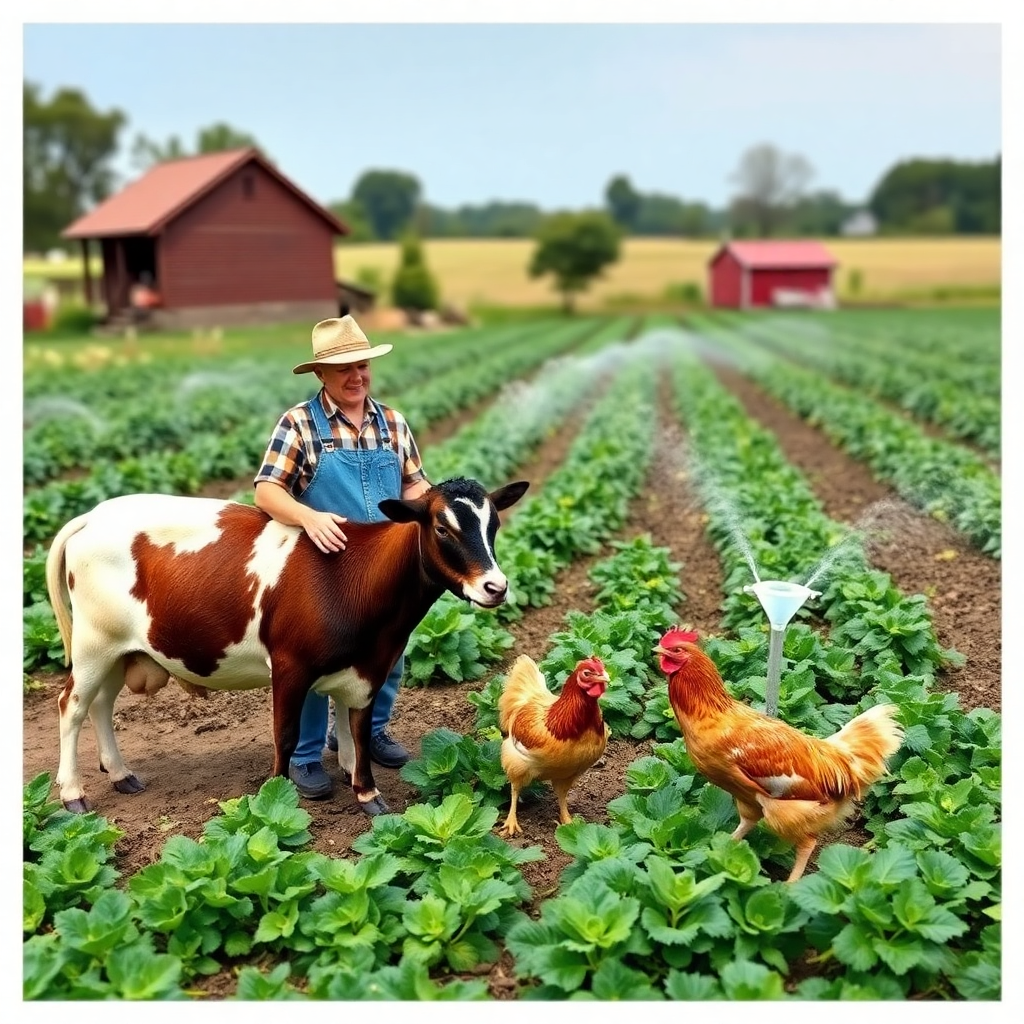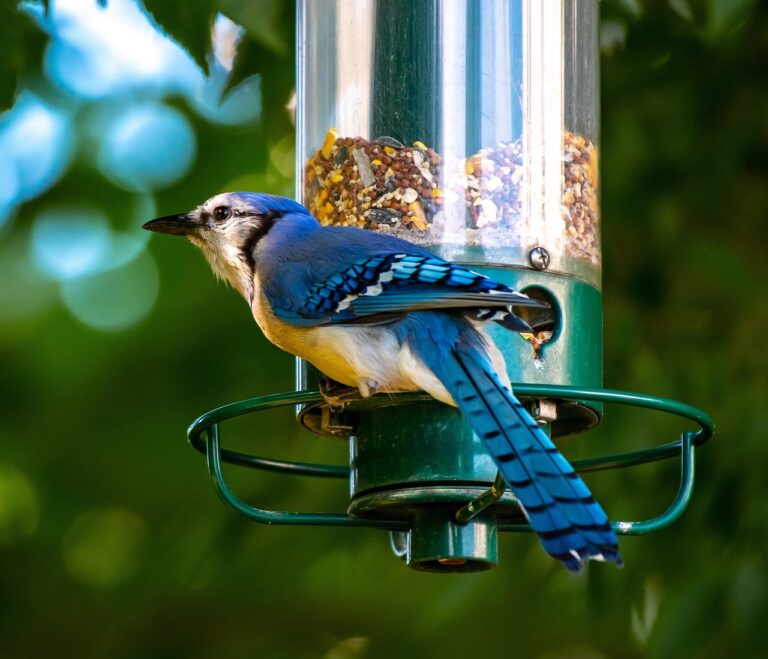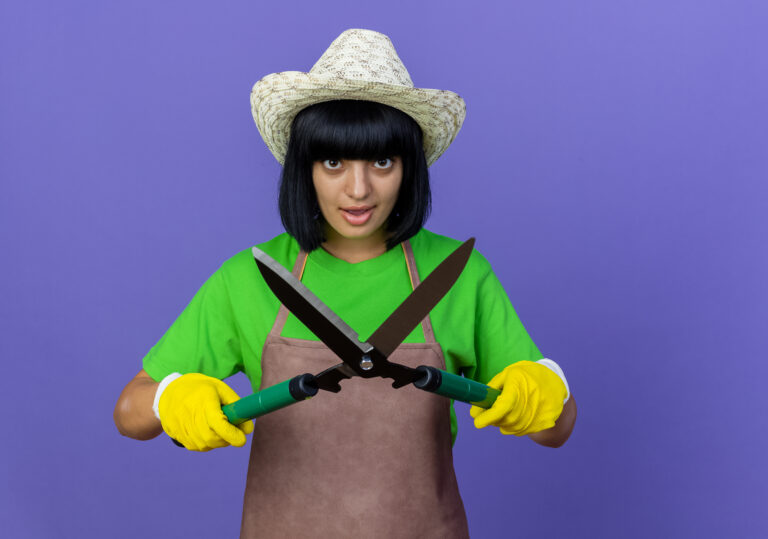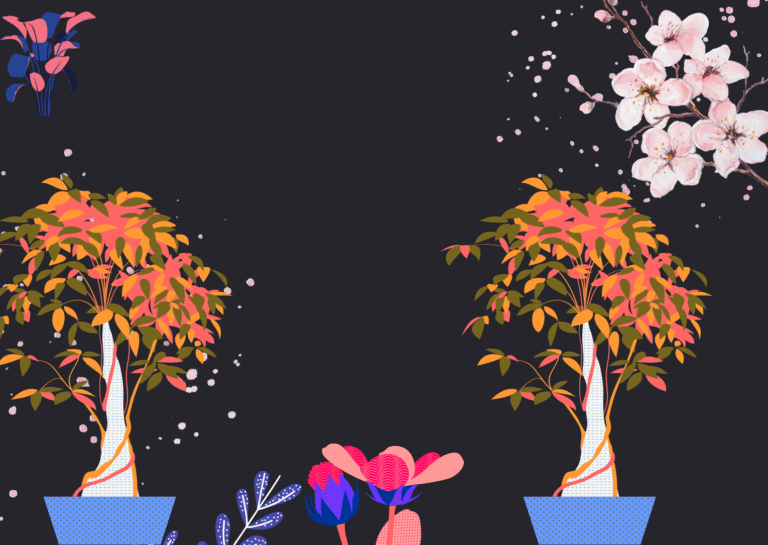Best Irrigation System for Vegetable Gardens: A Complete Guide
If you’re starting a vegetable garden, one of the most crucial components for success is ensuring your plants receive the proper amount of water. Watering systems not only help promote plant health but also reduce the amount of time and effort you spend on manual watering. In this article, we’ll explore the best irrigation systems for vegetable gardens and guide you through the most efficient options.
What is the best irrigation system for tomatoes?
To growing tomatoes, providing the right amount of water is crucial for healthy growth, fruit production, and overall plant health. The best irrigation system for tomatoes will depend on factors such as your garden’s size, climate, and how much time you can dedicate to setting up and maintaining the system. In this article, we’ll explore the top irrigation systems for tomatoes and explain why each system is effective.
Why Proper Irrigation for Tomatoes Is Important
Tomatoes require consistent and adequate watering for optimal growth, but they also have sensitive roots that can suffer from water stress if exposed to too much or too little water. Too much water can lead to diseases like root rot, while inconsistent watering can cause problems like blossom end rot or cracking of the fruits. A good irrigation system helps maintain consistent moisture levels in the soil and minimizes water wastage.
Top Irrigation Systems for Tomatoes
1. Drip Irrigation
What It Is: Drip irrigation delivers water directly to the root zone of the tomato plants through a network of tubing, hoses, and emitters. The water is distributed slowly and evenly, ensuring the soil around the plant’s roots gets the right amount of moisture.
Why It’s Great for Tomatoes:
- Water Efficiency: Drip irrigation is highly efficient because it minimizes evaporation and runoff, ensuring water goes directly to where it’s needed—at the roots of the tomatoes.
- Disease Prevention: Since only the roots are watered, the foliage remains dry, which helps prevent diseases like blight and mildew, which are common in tomatoes.
- Consistent Moisture: Drip systems provide a slow, steady supply of water, which is perfect for tomatoes that need consistent moisture to thrive.
Best For: Drip irrigation is ideal for tomatoes grown in rows or in larger gardens. It’s especially useful for gardeners in dry climates or areas with limited water supply.
Drawbacks:
- Drip irrigation systems can be more expensive and require a bit more setup time than other options.
- Emitters and tubing can become clogged if not maintained properly.
2. Soaker Hoses
What It Is: A soaker hose is a porous hose that releases water slowly and evenly along its length. The water soaks into the soil directly around the tomato plants’ root zone, providing moisture without soaking the leaves.

Why It’s Great for Tomatoes:
- Even Water Distribution: Soaker hoses deliver water evenly across the soil, which helps prevent dry spots and ensures your tomatoes are receiving adequate moisture.
- Simple Setup: Soaker hoses are easy to install and don’t require complicated equipment.
- Less Disease Risk: Since the water is directed to the roots, the foliage remains dry, reducing the chances of diseases like leaf blight or fungal infections.
Best For: Soaker hoses work well in smaller gardens or when planting tomatoes in raised beds or containers. They are particularly helpful for gardeners who want an affordable, low-maintenance watering solution.
Drawbacks:
- Soaker hoses require level ground to work effectively. If the garden bed is uneven, some areas may receive too much water while others may not get enough.
- They also tend to wear out over time and may need replacing every few seasons.
3. Overhead Sprinklers (Limited Use for Tomatoes)
What It Is: Overhead sprinklers deliver water to the tomato plants from above, mimicking rainfall. This type of system typically uses rotating or oscillating sprinkler heads to cover a broad area.
Why It’s Great for Tomatoes (Limited Use):
- Simple Setup: Overhead sprinklers are easy to set up, and they can cover large areas in a short amount of time.
- Good for Seed Germination: Sprinklers can be useful for starting tomato seeds, as they provide even coverage over the entire soil surface.
Best For: Sprinklers are better suited for seed starting and large, open spaces where you’re growing plants that are less susceptible to diseases.
Drawbacks:
- Overhead watering is not ideal for mature tomato plants because it wets the foliage, which can encourage the spread of fungal diseases such as blight or mildew.
- Sprinklers can waste water, especially in areas where evaporation or wind drift occurs.
- This method can also encourage weed growth in the aisles between plants, which means you’ll have to weed more often.
4. Manual Watering (Hand Watering)
What It Is: Manual watering involves using a watering can or hose to directly water the plants. This method allows you to control exactly how much water each tomato plant receives.
Why It’s Great for Tomatoes:
- Control: You have complete control over how much water you apply to each plant, allowing you to adjust for soil conditions and plant size.
- Flexibility: If you have a small garden or just a few tomato plants, manual watering can be an inexpensive and effective option.
Best For: This method is best for smaller gardens or for gardeners who have only a few tomato plants to water.
Drawbacks:
- It’s time-consuming and can be physically tiring, especially for larger gardens.
- If done improperly, manual watering can lead to inconsistent watering, causing stress to the plants.
- It can also wet the foliage, which increases the risk of disease.
5. Automated Sprinkler Systems with Timers
What It Is: Automated sprinkler systems with timers combine overhead irrigation with the convenience of automation. These systems can be programmed to water at specific times, ensuring that your tomatoes are watered consistently.
Why It’s Great for Tomatoes:
- Convenience: Automated systems make it easier to water your tomatoes without having to manually turn the water on and off.
- Consistency: Timers ensure that water is applied at regular intervals, preventing over or under-watering.
- Flexibility: You can adjust watering times and durations to suit your tomatoes’ needs, ensuring they get the optimal amount of water.
Best For: Automated systems with timers are best for large tomato gardens or when you need a hands-off approach. They can also be helpful if you go on vacation and need a watering solution in your absence.
Drawbacks:
- Overhead sprinklers can lead to water wastage, especially in areas with high evaporation or wind.
- This method may not be ideal in humid areas as it can encourage fungal diseases.
Choosing the Best Irrigation System for Tomatoes
For Water Efficiency and Disease Prevention:
- Drip irrigation is the most efficient and best-suited option for tomato plants, particularly in areas with limited water. It minimizes water waste and reduces the risk of foliar diseases by keeping the foliage dry.
For Smaller Gardens or Easy Setup:
- Soaker hoses are perfect for beginners or those with a smaller garden. They are inexpensive, easy to set up, and effective for watering tomatoes while keeping the soil moist without wetting the foliage.
For Large Areas and Low Maintenance:
- Automated sprinkler systems with timers can help you manage large tomato gardens effortlessly. They ensure that your plants are watered consistently, but you may want to choose a system that uses a drip or soaker hose for the most efficient water distribution.
Types of Irrigation Systems
When choosing an irrigation system for your vegetable garden, consider factors like the local climate, the types of plants you’re growing, and how much water your garden requires. The three most common types of irrigation systems are overhead irrigation, drip irrigation, and soaker hose irrigation. Let’s dive into each one:
1. Overhead Irrigation
What It Is:
Overhead irrigation uses sprinklers to water plants from above. This is a method that mimics rainfall, distributing water over the soil and plants.
Best For:
This system is particularly effective in desert climates with low humidity, as it helps ensure proper seed germination by keeping the soil moist. It also works well for crops that aren’t prone to fungal diseases, like leafy greens and root vegetables.
Benefits:
- Great for seed starting and germination.
- Makes it easier to weed and hoe the garden.
- Generally easy to set up and take down.
- Relatively inexpensive.
Drawbacks:
- Can promote foliar diseases due to water on the leaves.
- Waters not just plants but also aisles, encouraging weed growth.
- Can waste water and promote runoff.
- Not ideal for humid climates.
When to Use:
If you’re growing plants in an arid region or those that don’t typically suffer from fungal diseases, overhead irrigation is a good choice. However, in more humid areas, it’s better to consider alternatives to prevent fungal growth.
2. Drip Irrigation
What It Is:
Drip irrigation delivers water directly to the base of the plants through a network of tubing and emitters. Water is slowly dispensed, minimizing waste and directly reaching the roots.
Best For:
Drip irrigation is ideal for plants that are prone to foliar diseases (like tomatoes, cucumbers, and peppers). By watering the soil instead of the foliage, you prevent diseases caused by moisture on the leaves.
Benefits:
- Water goes directly to the root zone, reducing evaporation and runoff.
- Prevents weed growth by only watering the plant areas.
- Reduces the risk of foliar diseases.
- More water-efficient.
Drawbacks:
- Can be more complicated and expensive to install compared to overhead or soaker hoses.
- Not suitable for areas with dry soil that dries out quickly.
- Requires maintenance and monitoring to ensure proper function of emitters.
When to Use:
Drip irrigation is perfect for vegetable gardens in regions with limited water resources, or for gardeners who want to ensure that water is used efficiently. It’s also a good option for larger gardens or specific plants that require focused irrigation.
3. Soaker Hose Irrigation
What It Is:
A soaker hose is a porous hose that releases water slowly across its length, soaking the ground directly where the hose is laid.
Best For:
Soaker hoses are ideal for small to medium-sized gardens and for those who need an easy-to-setup irrigation system. They work best in gardens where the plants are spaced relatively close together.
Benefits:
- Low water waste as water seeps directly into the soil.
- Easy to install and manage.
- Helps to prevent foliar diseases by keeping the foliage dry.
- Made from recycled materials in many cases.
Drawbacks:
- Must be on level ground to work properly.
- Pressure needs to be correct for even watering, which can be challenging in large gardens.
- May wear out or develop holes over time.
When to Use:
Soaker hoses are great for beginners or gardeners with a smaller space. They’re easy to install and require little maintenance, making them a perfect option for a hassle-free irrigation system.
Which Irrigation System Should You Choose?
When deciding on an irrigation system, consider your climate, garden size, and plant types. Here’s a quick comparison to help you choose:
| Irrigation System | Best For | Pros | Cons |
|---|---|---|---|
| Overhead Irrigation | Dry climates and seed germination | Easy setup, great for large areas, inexpensive. | Promotes diseases, high water wastage, not suitable for humid climates. |
| Drip Irrigation | Disease-prone plants like tomatoes & peppers | Efficient water usage, minimizes disease risks, reduces weed growth. | Higher cost and setup complexity, maintenance required. |
| Soaker Hose Irrigation | Small to medium gardens | Easy to install, less water waste, eco-friendly. | Needs level ground, pressure issues, can wear out over time. |
What is the best watering system for a raised vegetable garden?
The best watering system for a raised vegetable garden is one that ensures consistent moisture at the root level while minimizing water waste. Here are a few options that work particularly well:
Drip Irrigation:
Drip irrigation is the most efficient option for raised vegetable gardens. It delivers water directly to the plant roots through tubing and emitters, reducing water waste by avoiding wetting the soil or plants unnecessarily. This method also helps prevent fungal diseases, as the foliage stays dry.

Why it’s great:
- Water is delivered precisely to where it’s needed.
- Reduces weed growth since only the plants receive water.
- Helps conserve water, which is ideal for gardeners in areas with limited water resources.
Soaker Hoses:
Soaker hoses are an affordable and simple option for raised beds. These hoses release water slowly along their length, ensuring deep watering at the root level. They’re great for maintaining consistent soil moisture, which is crucial for healthy vegetable growth.
Why it’s great:
- Easy to set up and maintain.
- Works well in small to medium-sized raised beds.
- Ideal for gardeners looking for a low-maintenance option.
Manual Watering (Using a Hose or Watering Can):
For smaller raised garden beds, hand watering can be a good choice. It gives you control over the amount of water each plant gets. A hose with a gentle showerhead or a watering can can work well for consistent moisture.
Why it’s great:
- Gives you full control over watering.
- Perfect for smaller gardens with fewer plants.
- Simple, no setup required.
Automated Sprinkler Systems:
Automated sprinklers with a timer can be helpful for larger raised garden beds. You can set them to water at specific times, ensuring that your plants are consistently watered, even if you’re not around.

Why it’s great:
- Convenient, especially for larger gardens.
- Saves time and effort by automating the watering process.
How to pick the best irrigation system for vegetable gardening?
Choosing the best irrigation system for vegetable gardening depends on several factors, including your garden’s size, the climate, your water source, and how much time you want to spend maintaining the system. Here’s a guide to help you make the best choice:
Garden Size:
- Small Gardens: For small vegetable gardens, hand watering with a hose or watering can might be sufficient, but a soaker hose or a drip irrigation system can save time and water.
- Large Gardens: For larger spaces, drip irrigation or an automated sprinkler system with a timer is more efficient. It delivers water directly to the root zone, reducing waste and improving plant health.
Water Efficiency:
Drip irrigation is the most water-efficient option, as it delivers water directly to the soil and plant roots, minimizing evaporation and runoff. Soaker hoses are also efficient, but they can be prone to uneven watering if the ground isn’t level.
Climate and Weather:
- Hot, Dry Climates: Drip irrigation is ideal, as it prevents evaporation and keeps water focused on the root zone.
- Humid Climates: Overhead sprinklers or soaker hoses work well, but be cautious with overhead irrigation in areas prone to diseases like blight, as it can promote fungal growth.
Budget and Maintenance:
- Low-maintenance Systems: Drip irrigation systems with built-in emitters or soaker hoses require minimal setup and are easy to maintain.
- Time and Money Investment: While drip systems and automated sprinklers require a higher upfront cost, they save time and reduce manual labor.
Flexibility and Control:
If you prefer full control, manual watering with a hose or watering can is the most flexible option, though it requires more effort. For hands-off convenience, automated sprinkler systems or drip irrigation with a timer offer excellent control over watering schedules.
Conclusion
Each irrigation system has its own set of benefits and challenges, and the best option will depend on the specific needs of your vegetable garden. Overhead irrigation works well in dry climates, drip irrigation is perfect for water efficiency, and soaker hoses are ideal for easy setup and smaller gardens.
By carefully considering your garden’s layout and the types of vegetables you’re growing, you can choose the irrigation system that will keep your plants healthy and thriving while saving time and water. Happy gardening!






